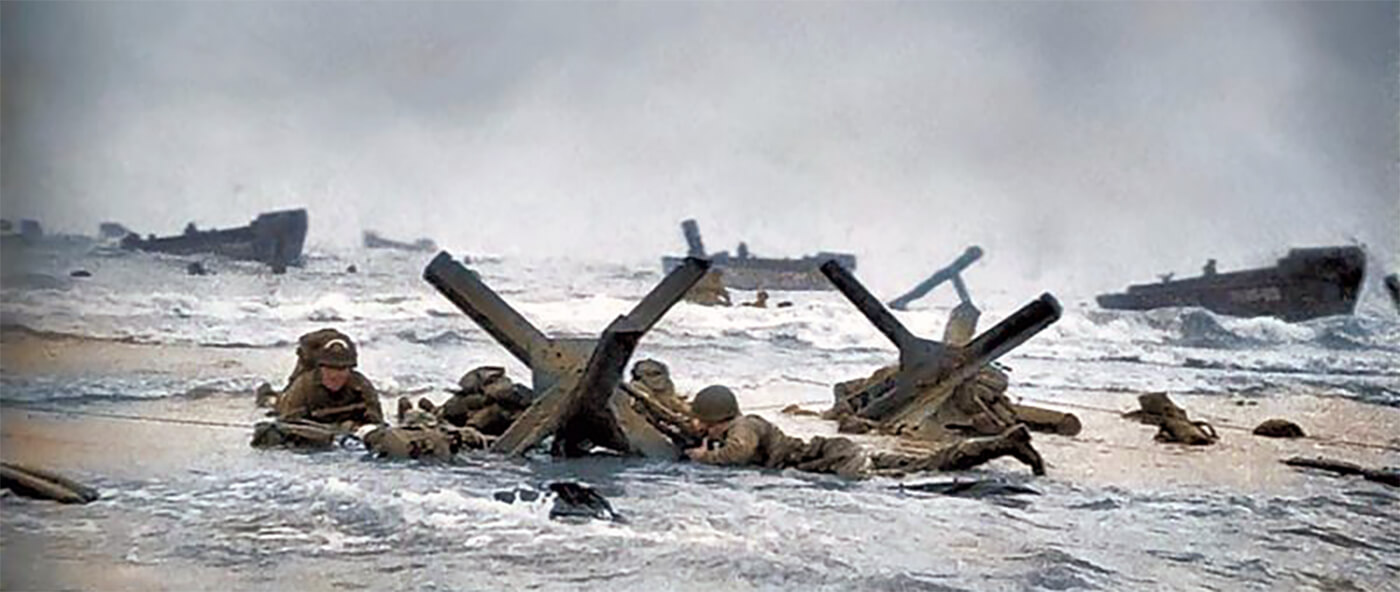| Special Forces Operations in November 1944 |
| November 1st, 1944 – November 8th, 1944 |
| Operation Infatuate |
| Commandos, No. 10 (Inter-Allied) Commando |
| No. 2 (Dutch) Troop, No. 1 (French) Troop and No. 8 (French) Troop of No. 10 (Inter-Allied) Commando attached to No. 4 Commando. No. 4 (Belgian) and No. 5 (Norwegian) troops of No. 10 (Inter-Allied) Commando attached to No. 41 (RM) Commando, No. 47 (RM) Commando and No. 48 (RM) Commando. The three Royal Marine Commandos of 4th Special Service Brigade, along with the No. 4 (Belgian) and No. 5 (Norwegian) troops of No. 10 (Inter-Allied) Commando, land at Westkapelle on the western side of the island. No. 4 Commando, with No. 1 (French) Troop, No. 2 (Dutch) Troop and No. 8 (French) Troop under command, cross from Breskens and land at Flushing. The landings at Flushing are successful and by 16:00 all resistance is overcome. The landings at Westkapelle meet stiff resistance from the German coastal defences. However, by the end of the day the Commandos are in the positions they want to be. By November 8th, 1944, the Germans are tied down are encircled and at 08:15 that same day forty thousand German soldiers offer their surrender. The Commandos have lost 103 killed, 325 wounded and sixty-eight missing during the operation. |
| November 22nd, 1944 |
| Operation Bean |
| Commandos, V Force |
| On November 22nd, 1944, an assault force advances south from Nurullapara and Chiradan, splitting into three groups. By 22:00, No. 3 Troop crosses the Ton Chaung River undetected and sets up a defensive perimeter. At dawn, they move east of Hinthiya, where the town is shelled by No. 6 Troop of No. 5 Commando. Machine-gun fire targets retreating enemy soldiers, though casualties are uncertain. At 07:15, on November 23rd, 1944, No. 2 Section attacks and clears the northern part of the village before encountering resistance to the south. An exchange of fire results in several Japanese casualties, with three killed, one wounded, and one captured. As the advance continues, enemy snipers and machine guns fire from trees and defensive positions, but are gradually neutralised by Bren and Medium Machine Gun fire. A Japanese officer is wounded and hit again while being dragged away. No. 1 Section moves up the left flank, silencing further enemy positions before coming under crossfire from machine guns on high ground. The section engages and eliminates these threats. As No. 3 Troop observes enemy movement, orders are given to withdraw over the Chaung and return to Commando Headquarters. |
| November 22nd, 1944 – November 29th,1944 |
| The Battle for Masevaux |
| 1er Bataillion de Choc, Commandos de France, Batallion Janson de Sally |
| In late November 1944, French forces launch an operation to liberate towns in the Vosges from German control. The Demi-Brigade de Choc, alongside the Bataillon Janson de Sally, Commandos de France, and other units, advance towards Masevaux and the surrounding areas, facing strong German resistance. On November 22nd, 1944, French forces move into position. By November 23rd, 1944, the 2nd Armoured Division enter Strasbourg. Over the next days, heavy fighting takes place as the French advanced through the Doller Valley. The Bataillon Janson de Sally reaches Vescemont and is placed under the Demi-Brigade de Choc. On November 25th, 1944, the governor of Strasbourg surrenders, and French forces move towards Masevaux and Thann. The advance meets fierce resistance, particularly in Masevaux, where German troops hold strong defensive positions. By November 26th, 1944, the French have secured parts of Masevaux but struggle to cross the flooded Doller River. The Bataillon Janson de Sally launches a street battle to clear German defenders. Fighting is intense, with house-to-house combat and heavy losses on both sides. Mortar fire and machine-gun positions makes progress slow, and command has to be reassigned after Lieutenant Colonel de Gayardon is wounded. On November 27th, 1944 and November 28th, 1944, French forces attempt to push forward but encounter continued German resistance. Engineers tried to repair bridges, but artillery fire delays their efforts. A breakthrough comes when French tanks supported the attack, allowing troops to secure key positions, including a sawmill and the Catholic circle where German forces have fortified themselves. By the morning of November 28th, 1944, Masevaux is fully liberated. On November 29th, 1944, French forces complete the capture of Kirchberg, Langendfeld, and Niederbruck, linking up with additional units to solidify control over the region. The battle results in significant casualties, with twenty-seven men from the Bataillon Janson de Sally killed and a total of forty-five French soldiers lost. |

